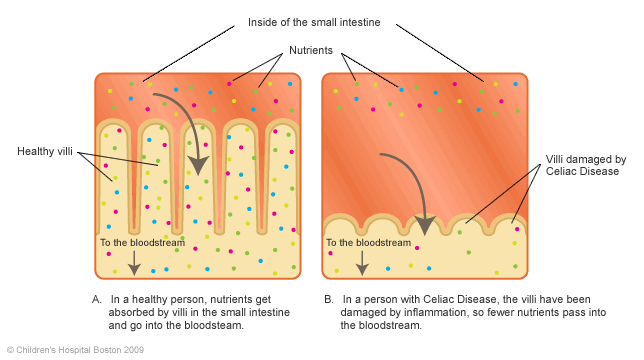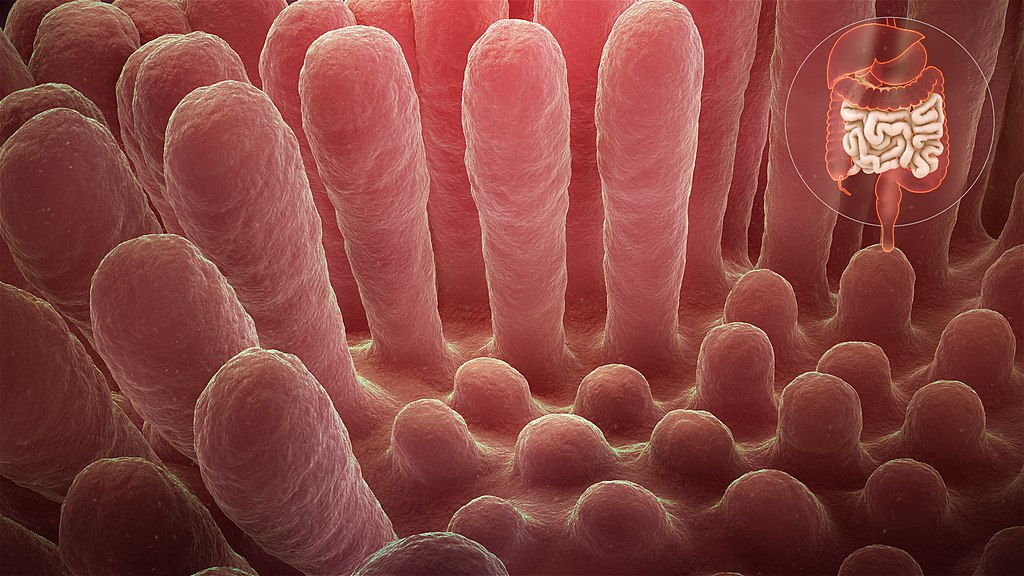Celiac disease, often abbreviated as CD, is a chronic autoimmune disorder that affects millions of people worldwide. It occurs when the ingestion of gluten—a protein found in wheat, barley, and rye—triggers an immune response that damages the small intestine. This condition not only disrupts digestion but also interferes with nutrient absorption, leading to a wide range of symptoms and potential complications. In this article, we will explore the causes, symptoms, diagnosis, and effects of celiac disease, shedding light on how it impacts daily life and what individuals can do to manage it effectively.

What Is Celiac Disease?
Celiac disease is more than just an intolerance to gluten; it is an autoimmune condition where the body’s immune system mistakenly attacks its own tissues. When someone with this condition consumes gluten, their immune system reacts by damaging the villi, which are tiny, finger-like projections lining the small intestine. These villi play a crucial role in absorbing nutrients from food. When they become flattened or destroyed, the body struggles to absorb essential vitamins, minerals, and other nutrients, leading to malnutrition and various health issues.
The Role of Gluten in Celiac Disease
Gluten is a protein found in grains such as wheat, barley, and rye. For most people, gluten poses no harm and is simply digested like any other protein. However, for individuals with celiac disease, even small amounts of gluten can trigger a harmful immune response. The exact reason why some people develop this condition while others do not remains unclear, but researchers believe it involves a combination of genetic and environmental factors.
Symptoms of Celiac Disease
The symptoms of celiac disease can vary widely, making it challenging to diagnose. Some individuals experience severe gastrointestinal distress, while others may have mild or no noticeable symptoms at all. Below are some common signs and symptoms associated with this condition:
- Abdominal pain and bloating
- Diarrhea or constipation
- Fatigue and weakness
- Unexplained weight loss
- Anemia due to iron deficiency
- Bone or joint pain
- Headaches or migraines
- Rashes, particularly dermatitis herpetiformis
- Mood changes, including depression or anxiety
Silent and Atypical Cases
In some cases, individuals with celiac disease may not exhibit any obvious digestive symptoms. This is known as “silent” celiac disease. Instead, they might experience non-gastrointestinal symptoms such as osteoporosis, infertility, or neurological issues. These atypical presentations can delay diagnosis and treatment, allowing further damage to occur in the small intestine.
Causes and Risk Factors
While the exact cause of celiac disease remains unknown, several factors contribute to its development. Understanding these risk factors can help identify individuals who may be more susceptible to the condition.
Genetic Predisposition
Celiac disease tends to run in families, suggesting a strong genetic component. People with certain genetic markers, such as HLA-DQ2 and HLA-DQ8, are at a higher risk of developing the condition. If a close family member has been diagnosed, it is advisable to undergo screening, even if no symptoms are present.
Environmental Triggers
Environmental factors also play a significant role in triggering celiac disease. Some studies suggest that early exposure to gluten during infancy, infections, or even stress may increase the likelihood of developing the condition. Additionally, changes in gut microbiota—the community of bacteria living in the digestive tract—have been linked to an increased risk.
Diagnosing Celiac Disease
Diagnosing celiac disease can be complex, as its symptoms overlap with those of other conditions, such as irritable bowel syndrome or lactose intolerance. A combination of blood tests, genetic testing, and biopsies is often required to confirm the diagnosis.
Blood Tests
Blood tests are typically the first step in diagnosing this condition. They measure specific antibodies, such as tissue transglutaminase and endomysial antibodies, which are elevated in individuals with celiac disease. It is important to continue consuming gluten before undergoing these tests, as eliminating it from the diet can lead to false-negative results.
Endoscopy and Biopsy
If blood tests indicate a high likelihood of celiac disease, an endoscopy may be performed. During this procedure, a thin tube with a camera is inserted into the small intestine to examine the villi. A biopsy is then taken to assess the extent of damage caused by the immune response. This step is critical for confirming the diagnosis.
Effects of Celiac Disease on Health
Left untreated, celiac disease can have serious consequences for overall health. The inability to absorb nutrients properly can lead to a host of complications, ranging from malnutrition to chronic illnesses.
Nutritional Deficiencies
One of the most immediate effects of celiac disease is malnutrition. Since the damaged villi cannot absorb nutrients effectively, individuals may develop deficiencies in essential vitamins and minerals, such as iron, calcium, vitamin D, and B vitamins. These deficiencies can result in fatigue, weak bones, and impaired immune function.
Long-Term Complications
Over time, untreated celiac disease can lead to more severe complications. For example, the constant inflammation in the small intestine increases the risk of developing certain types of cancer, such as intestinal lymphoma. Additionally, individuals may experience fertility problems, osteoporosis, or neurological disorders like peripheral neuropathy.
Managing Celiac Disease
The primary treatment for celiac disease is adopting a strict gluten-free diet. By eliminating gluten-containing foods, individuals can allow their intestines to heal and prevent further damage. While this approach is straightforward in theory, it requires careful attention to food labels and dining habits.
Building a Gluten-Free Diet
A gluten-free diet involves avoiding all foods and beverages that contain wheat, barley, and rye. Fortunately, many naturally gluten-free foods, such as fruits, vegetables, lean meats, fish, dairy products, and gluten-free grains like rice and quinoa, can form the basis of a healthy eating plan. Processed foods labeled “gluten-free” are also widely available, though it is important to check for cross-contamination risks.
Challenges of a Gluten-Free Lifestyle
Transitioning to a gluten-free lifestyle can be challenging, especially in social settings or when dining out. Hidden sources of gluten, such as sauces, dressings, and processed foods, can make it difficult to avoid accidental exposure. Cross-contamination in kitchens or restaurants is another concern. Education, planning, and communication with food providers are key to successfully managing the diet.
Living with Celiac Disease
While celiac disease requires lifelong management, many individuals find ways to adapt and thrive. Support groups, online communities, and educational resources can provide valuable guidance and encouragement. With proper care and vigilance, it is possible to maintain good health and enjoy a fulfilling life despite the challenges posed by this condition.





